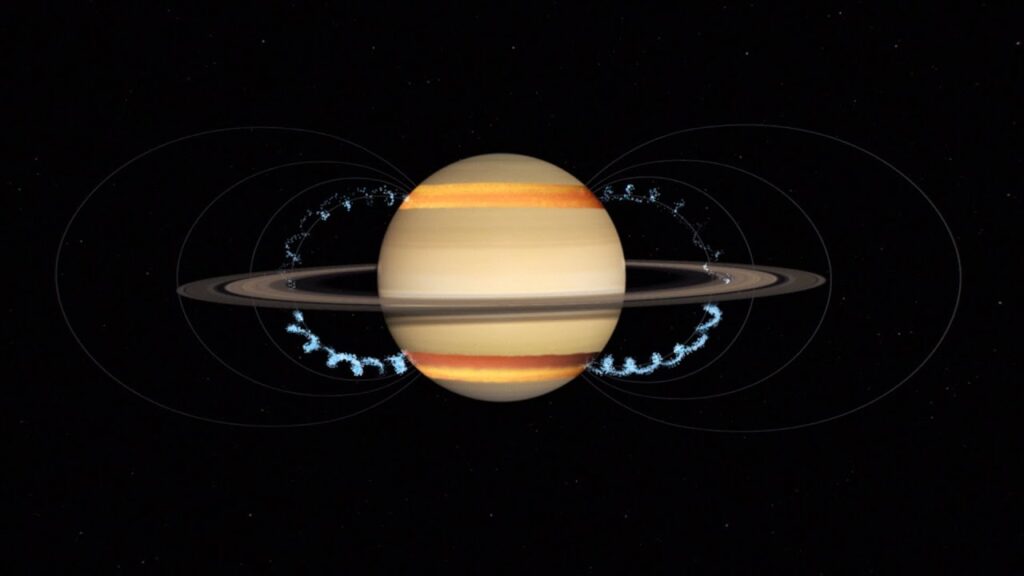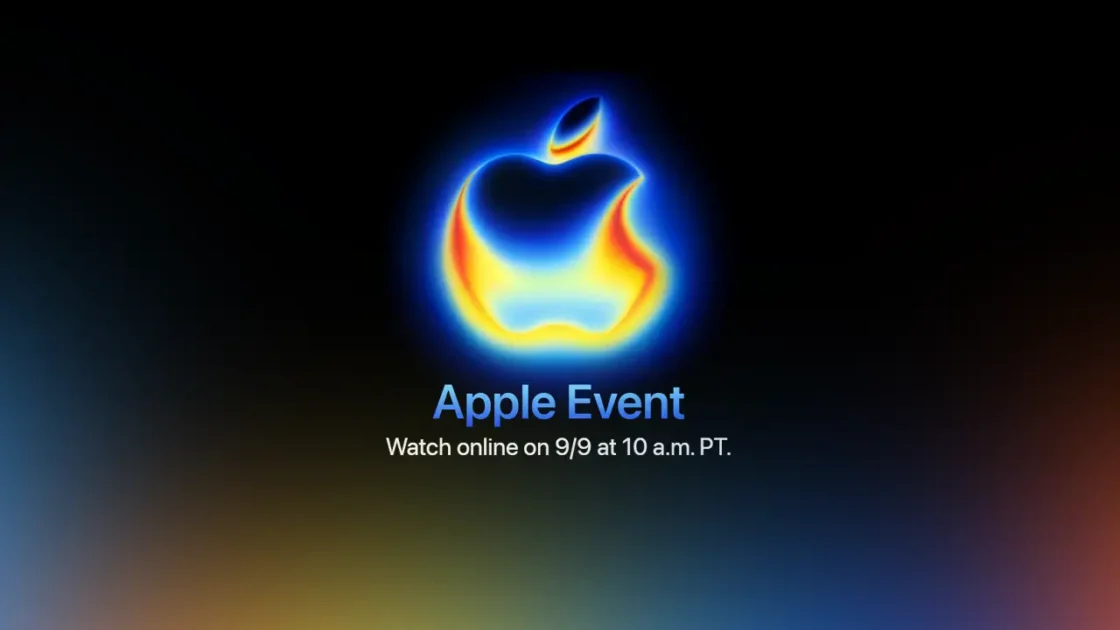- Web Desk
- Yesterday

Saturn’s rings will disappear from Earth’s view by 2025
-
- Hum News
- Nov 12, 2023

One of the most breathtaking sights in our night sky, the majestic rings of Saturn, will seemingly disappear from view in 2025, providing a celestial spectacle for stargazers.
According to international media, this might cause temporary confusion, but fear not, as the rings will reappear shortly thereafter.
However, the curious disappearance is not a cosmic magic trick but a result of Saturn’s tilt and an optical illusion. Just like Earth, Saturn has a tilted axis of rotation (26.7 degrees), causing its massive ring system to also tilt concerning the plane of its orbit around the Sun.
As Saturn completes its 29.5-year orbit, the rings, appearing thin from our perspective, align directly with Earth’s view every 13 to 15 years, making them nearly invisible.
Imagine looking at a thin piece of paper, parallel to the ground, from the opposite end of Mumbai’s Wankhede Stadium—that’s the effect expected in March 2025.
Read More: Earth’s doppelgänger discovered: James Webb telescope spots galaxy resembling Milky Way
Saturn’s rings will temporarily vanish from our view as they perfectly align with our line of sight. Fret not, as this phenomenon is a part of Saturn’s natural orbit, and the rings will gradually return to our sight as the planet continues its journey around the Sun.
But could Saturn’s rings disappear permanently in the future? According to a 2018 report by NASA, there’s a possibility. Over the next 300 million years or sooner, Saturn might bid farewell to its iconic rings. The culprit? Saturn’s gravity, pulling the rings into the planet, as a dusty rain of ice particles influenced by Saturn’s magnetic field.
Meanwhile, in a revelation from James O’Donoghue at NASA’s Goddard Space Flight Centre, it has been disclosed that Saturn experiences a peculiar phenomenon known as ‘ring rain.’
According to O’Donoghue, this atmospheric event drains a quantity of water products equivalent to filling an Olympic-sized swimming pool from Saturn’s rings in just half an hour.
The report underscores that Saturn, with its impressive age of four billion years, acquired its distinctive rings relatively late in its life. Intriguingly, these iconic rings are estimated to be no older than 100 million years, adding a layer of cosmic mystery to Saturn’s history.
Commenting on the uniqueness of witnessing Saturn’s ring system, O’Donoghue reflects, “We are fortunate to be present during what appears to be the midpoint of Saturn’s ring lifetime. Yet, if these rings are transient, we may have missed witnessing colossal ring systems of Jupiter, Uranus, and Neptune, which now only boast thin ringlets.” The cosmic clock ticks on, revealing the wonders of our celestial neighbors.






